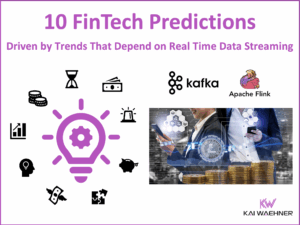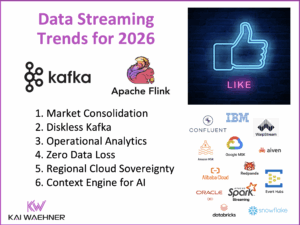Case Study: From a Monolith to Cloud, Containers, Microservices
Case Study: How to Move from a (Middleware) Monolith to Cloud, Containers and Microservices leveraging Docker, Cloud Foundry, Kubernetes, Consul, Hystrix, API Management, and others cool things.





